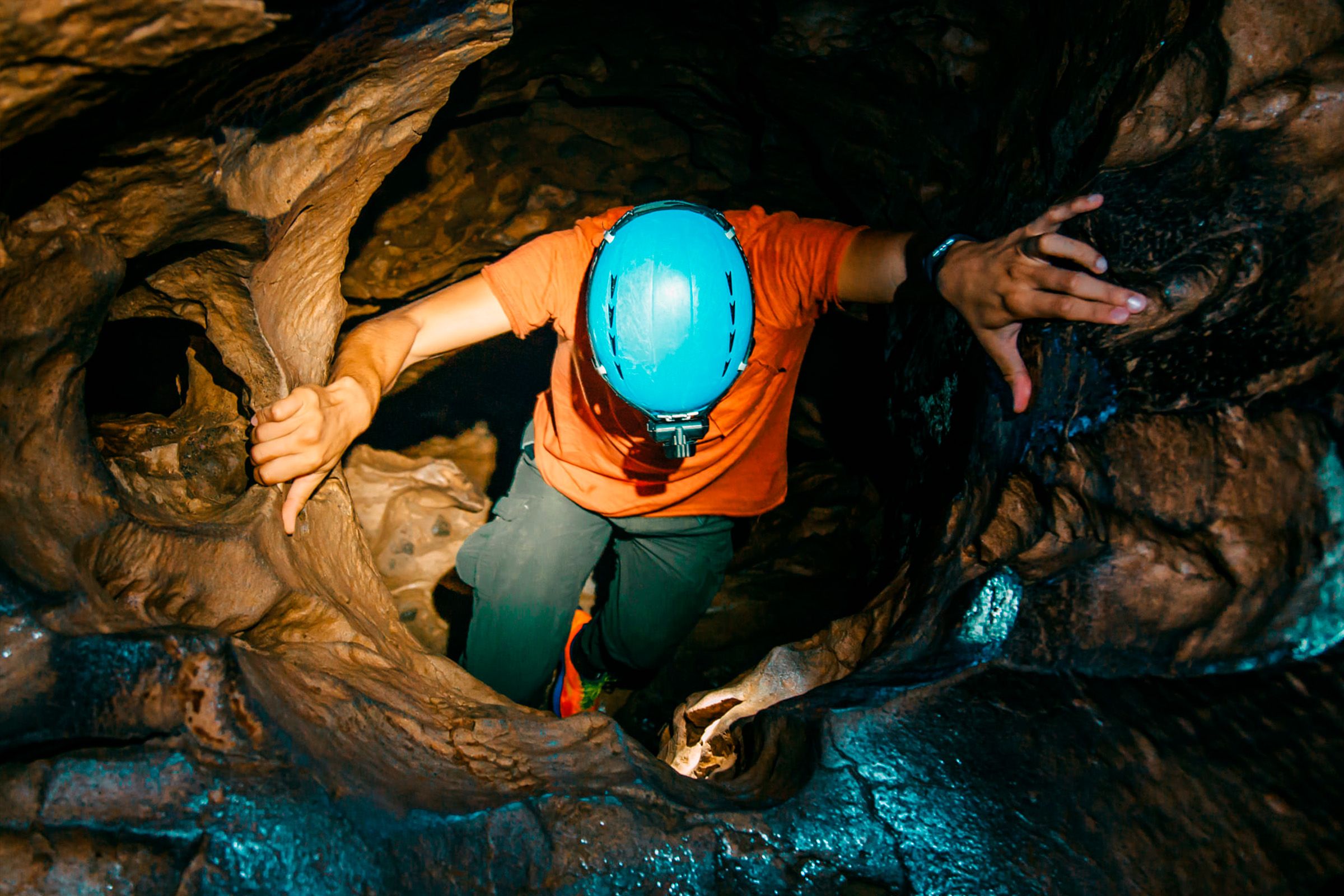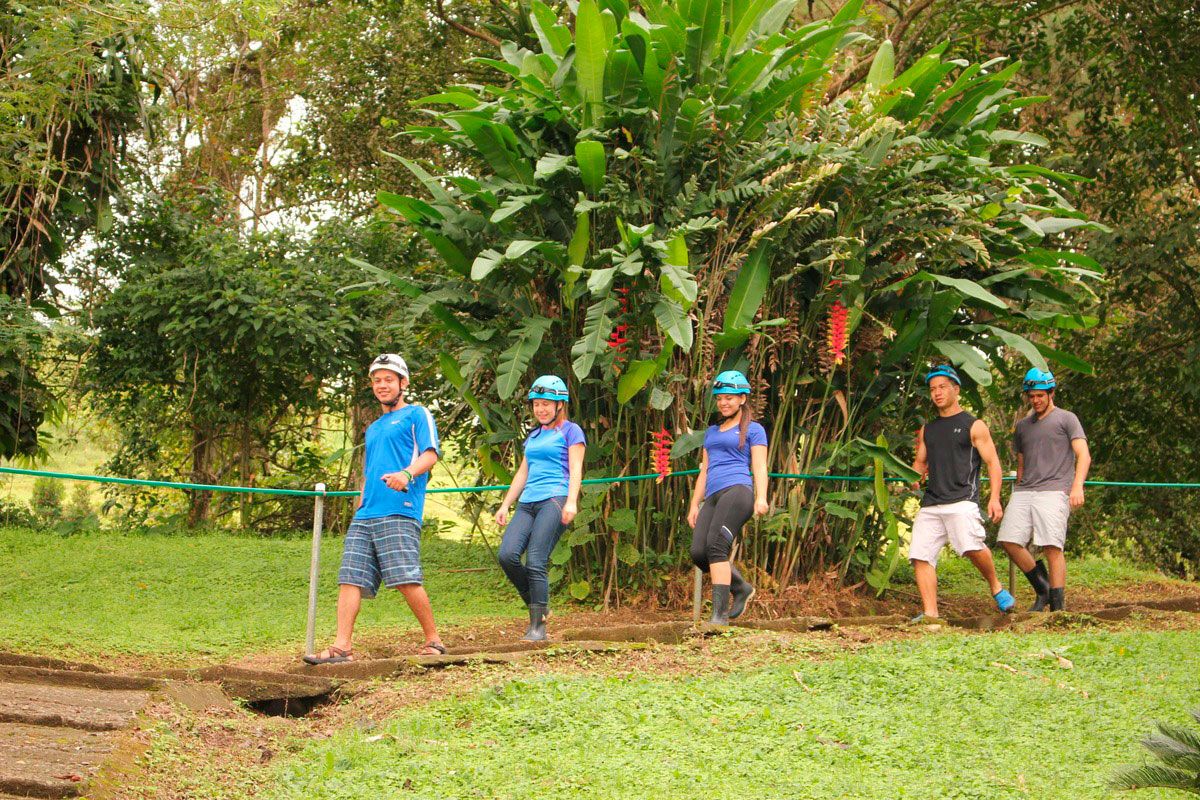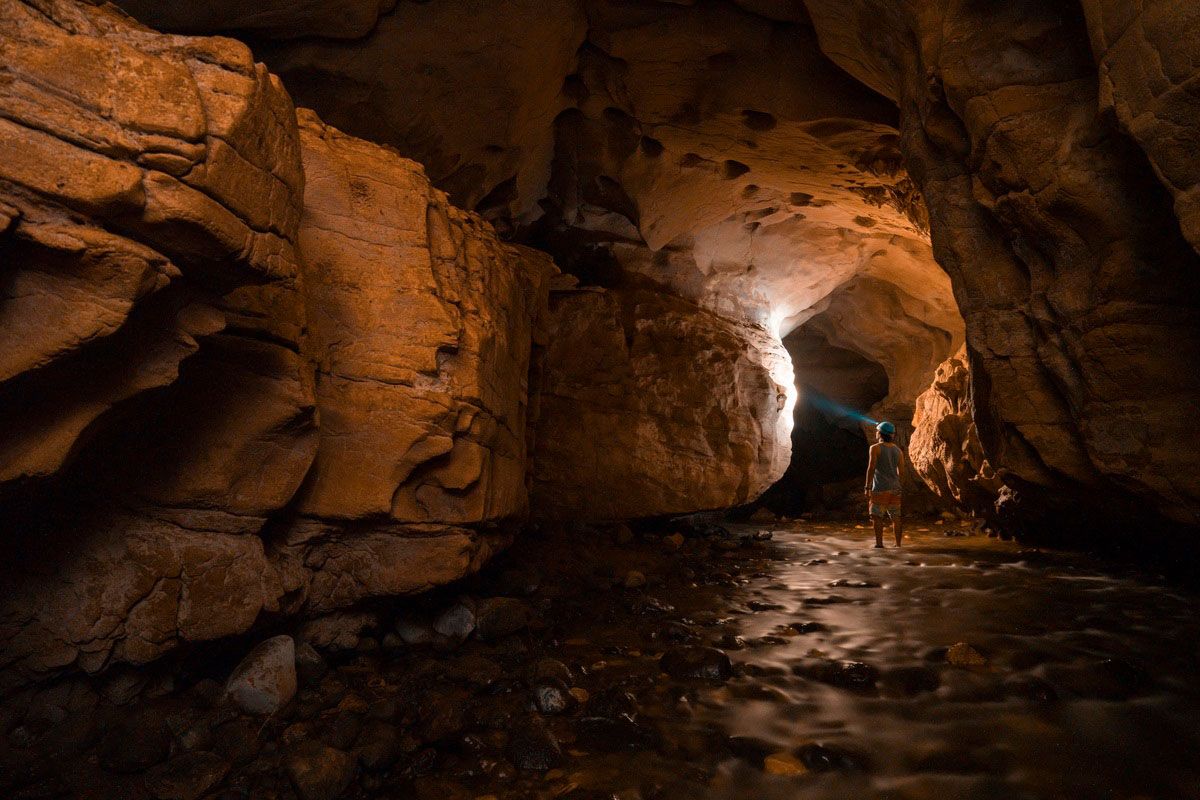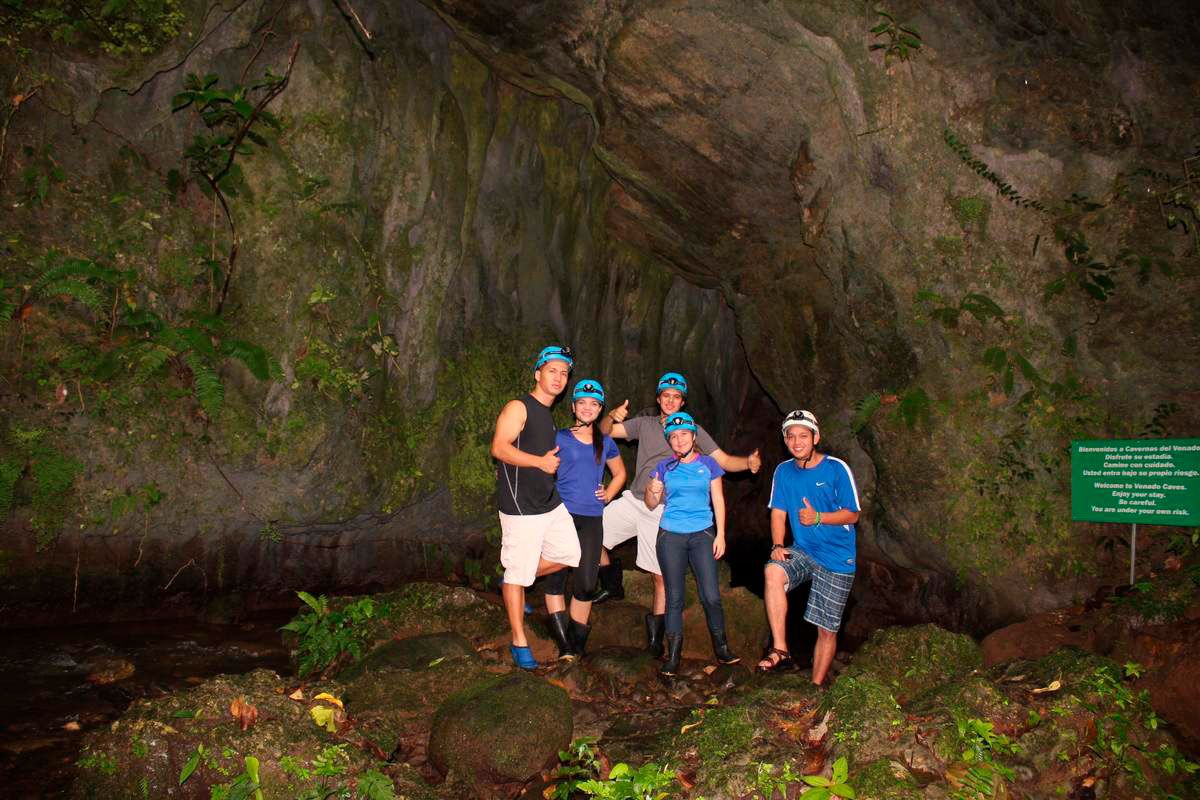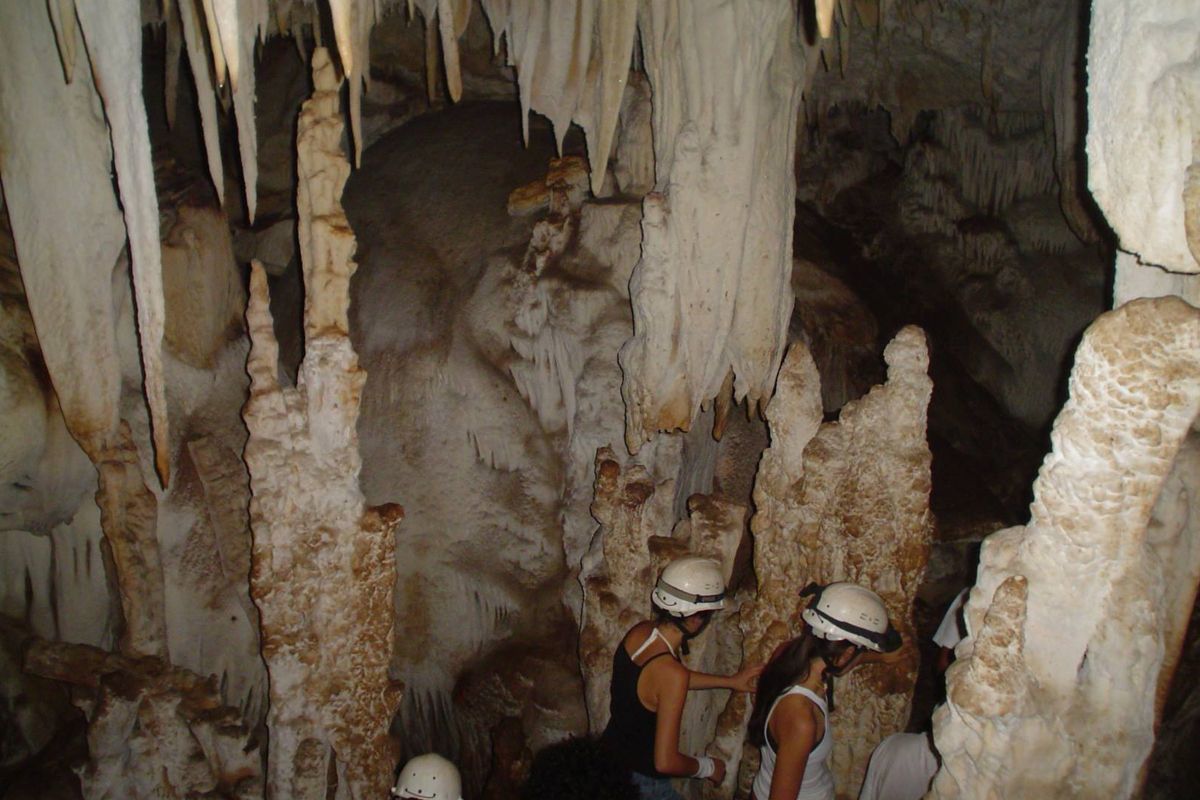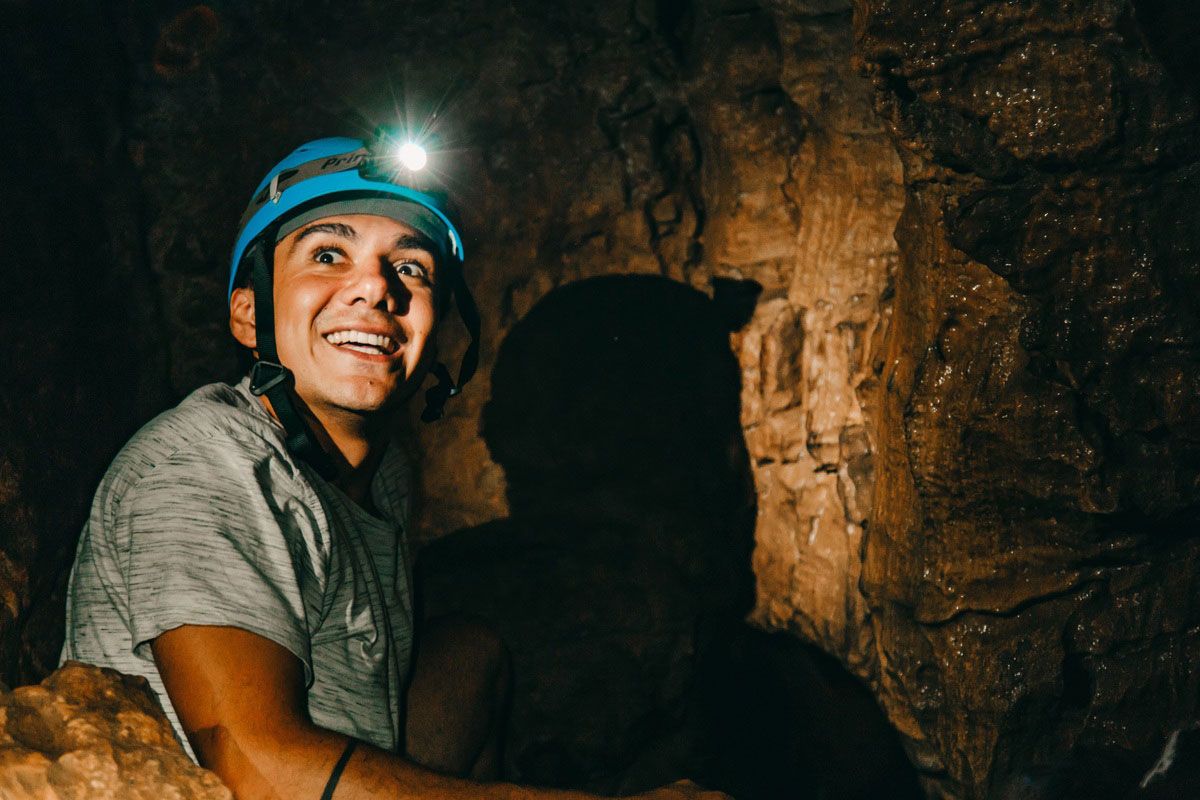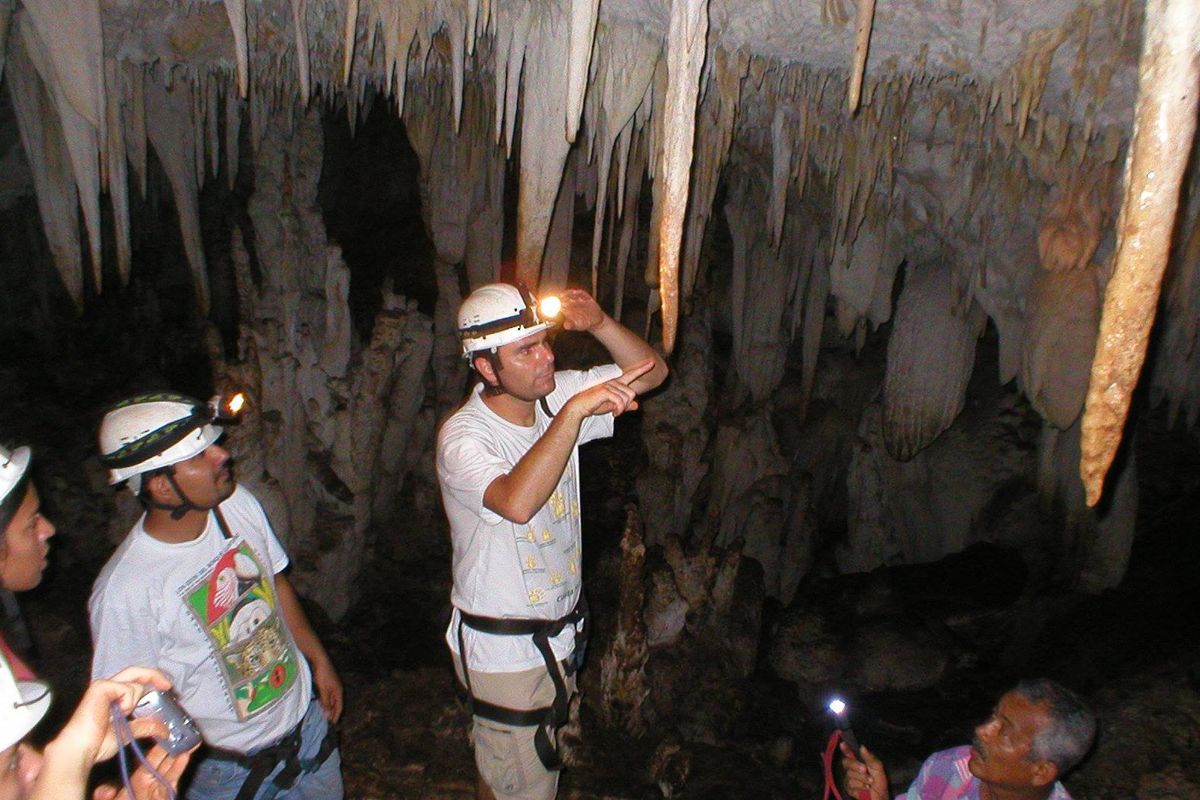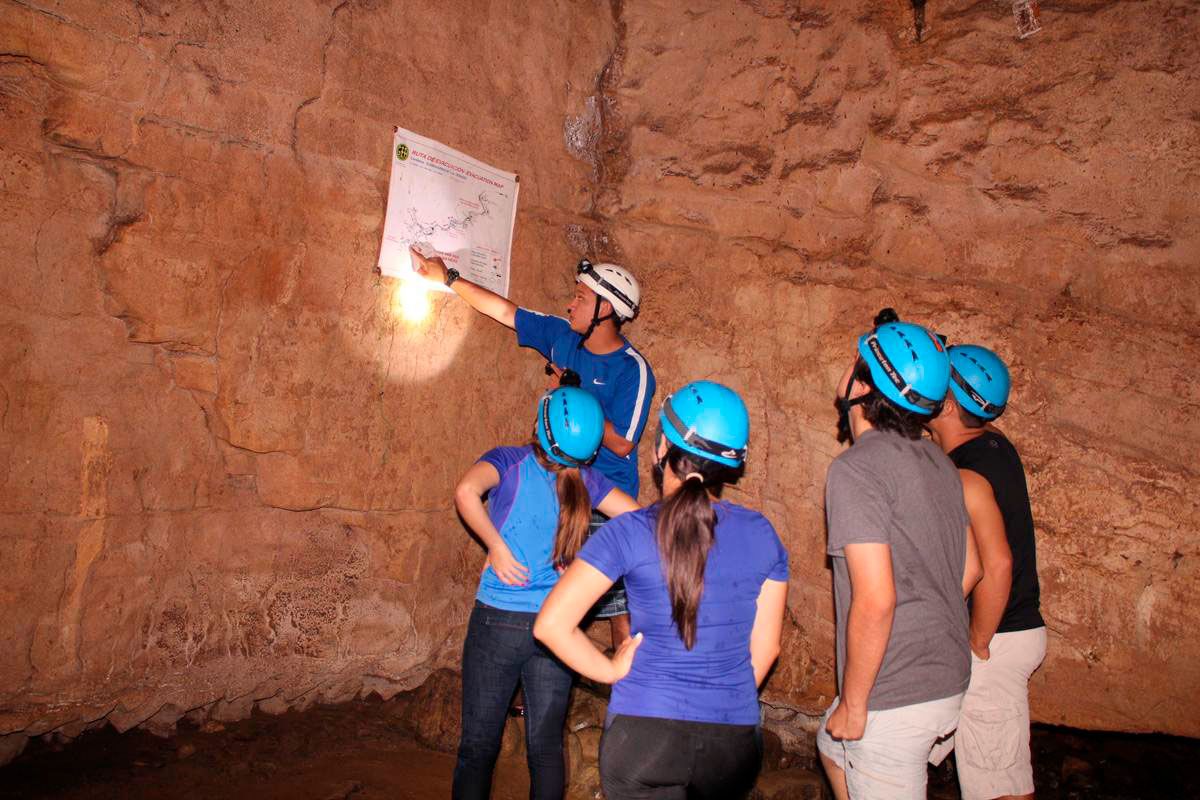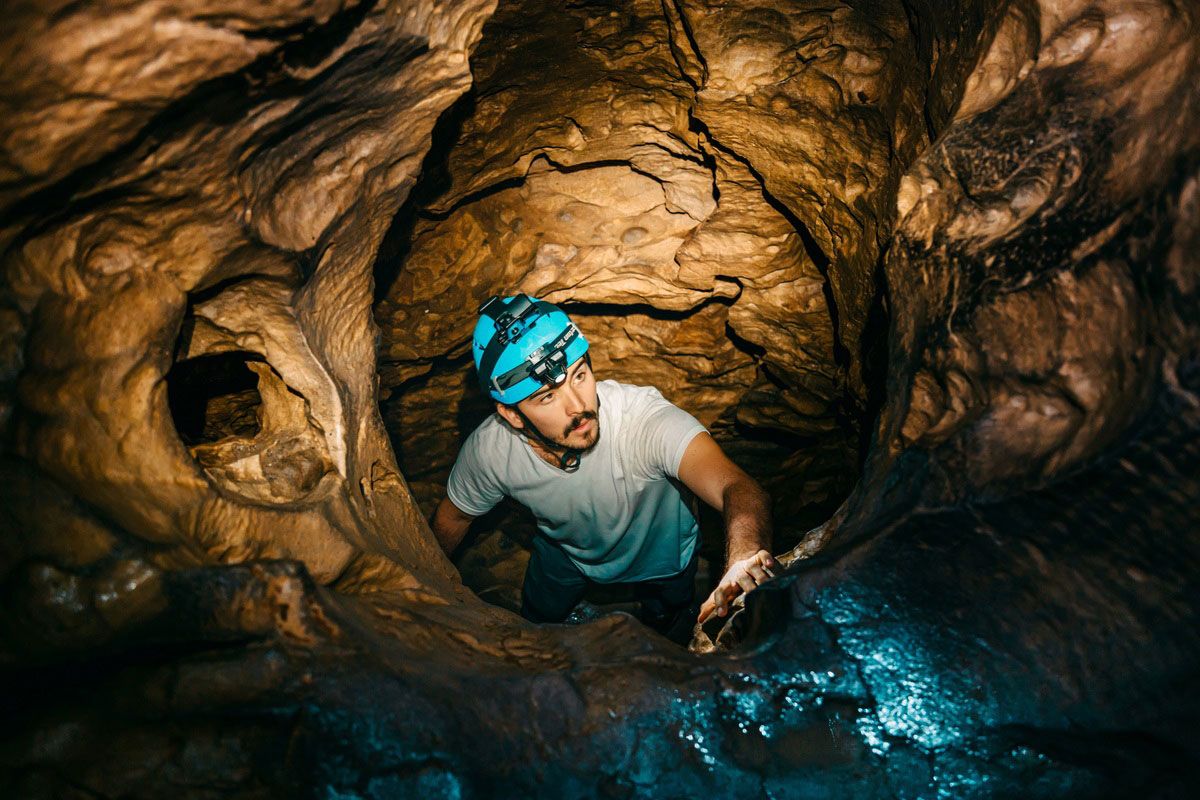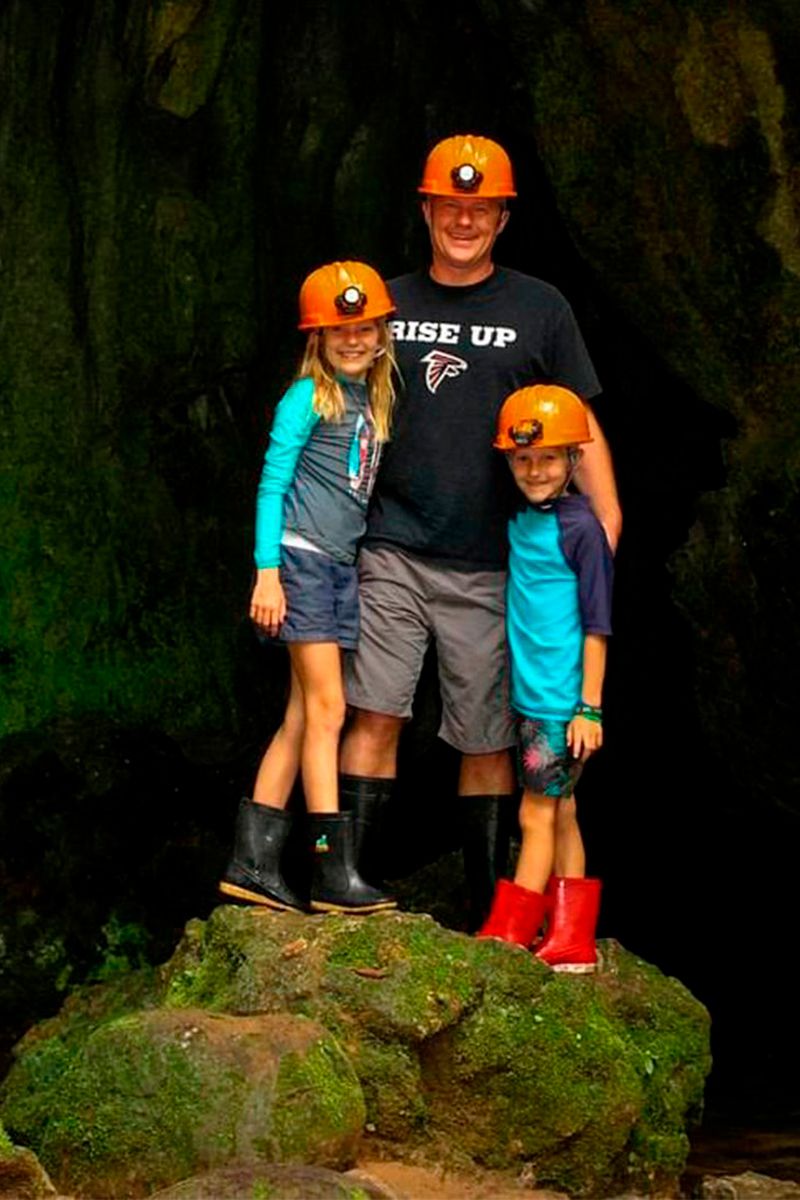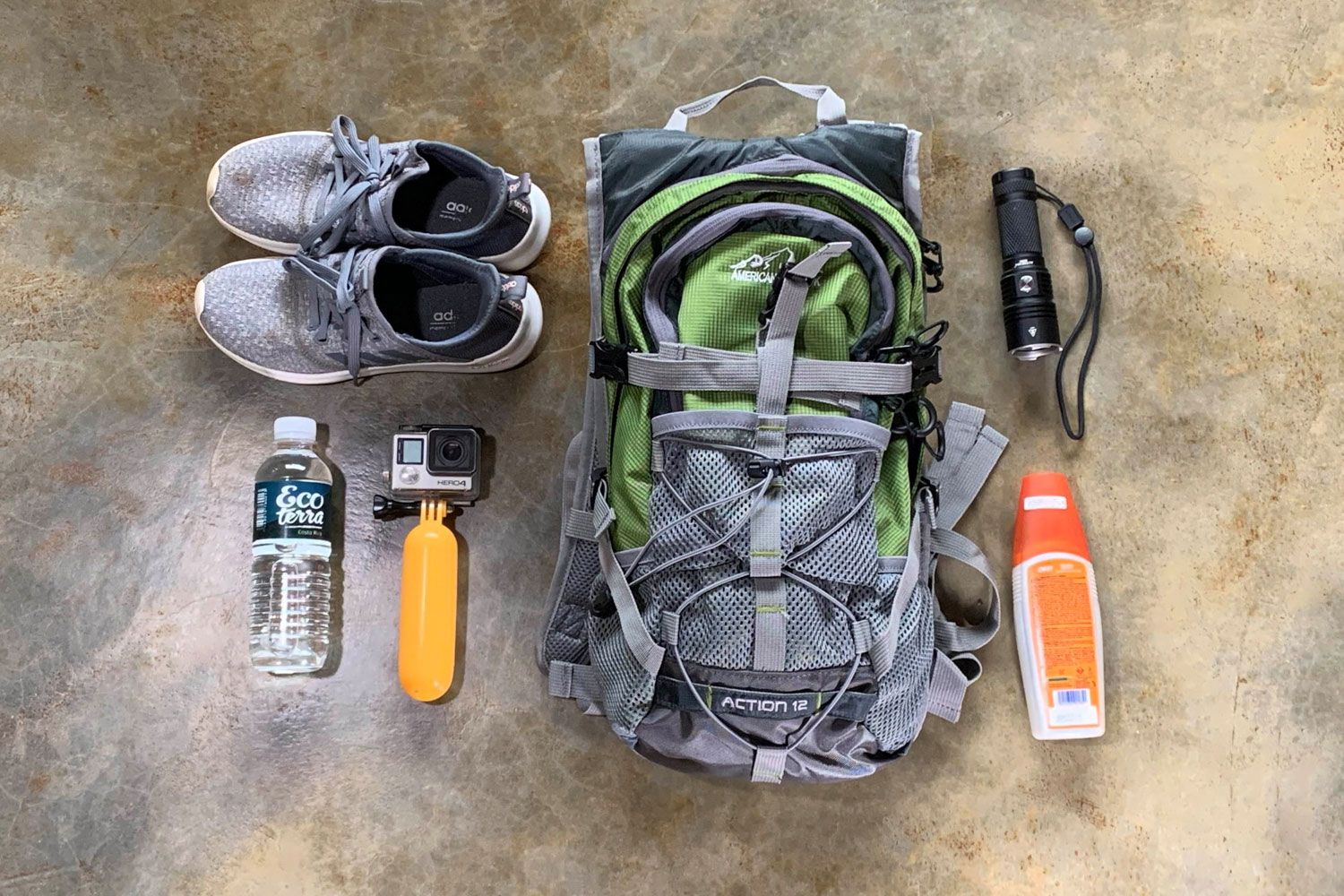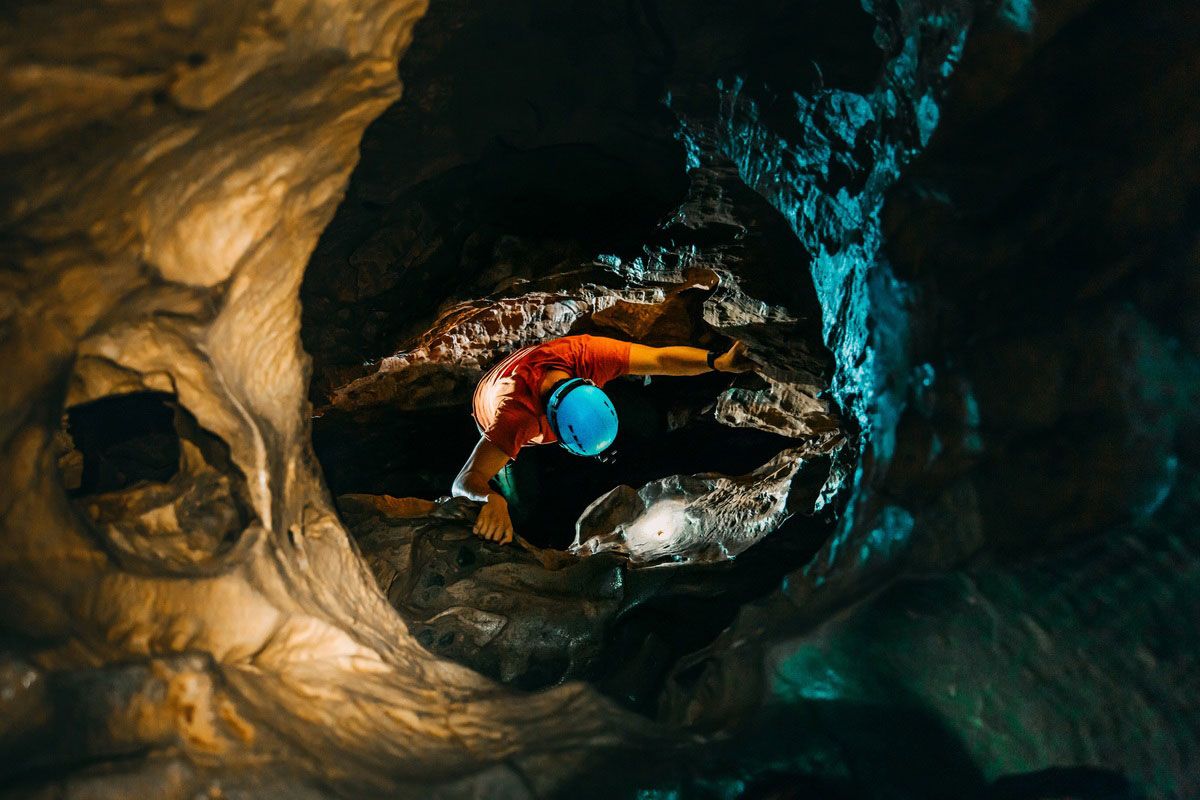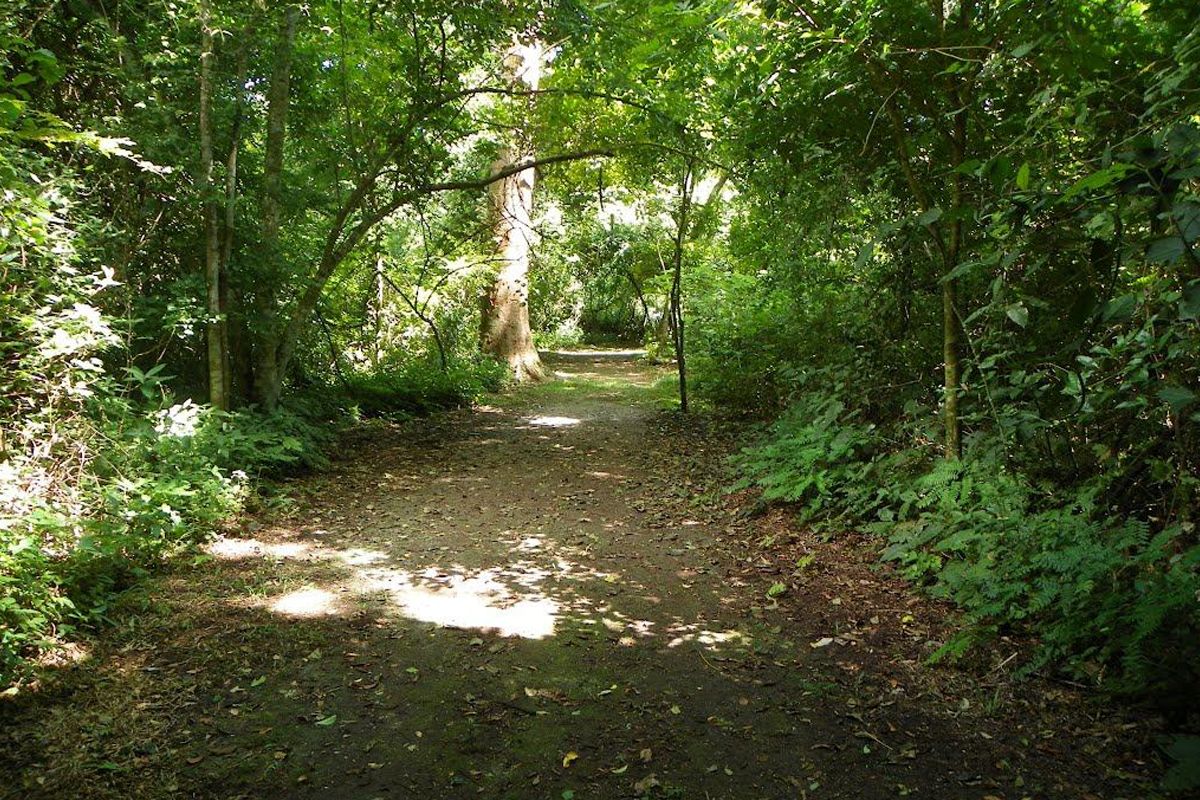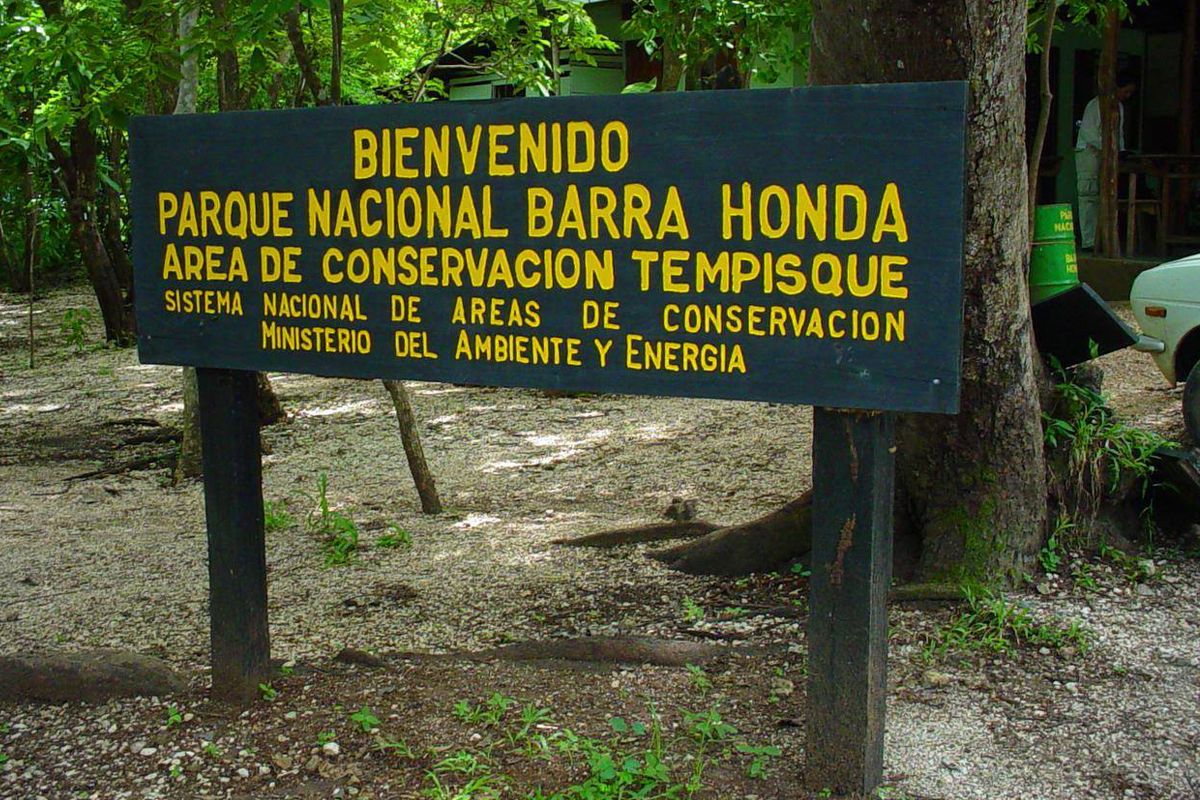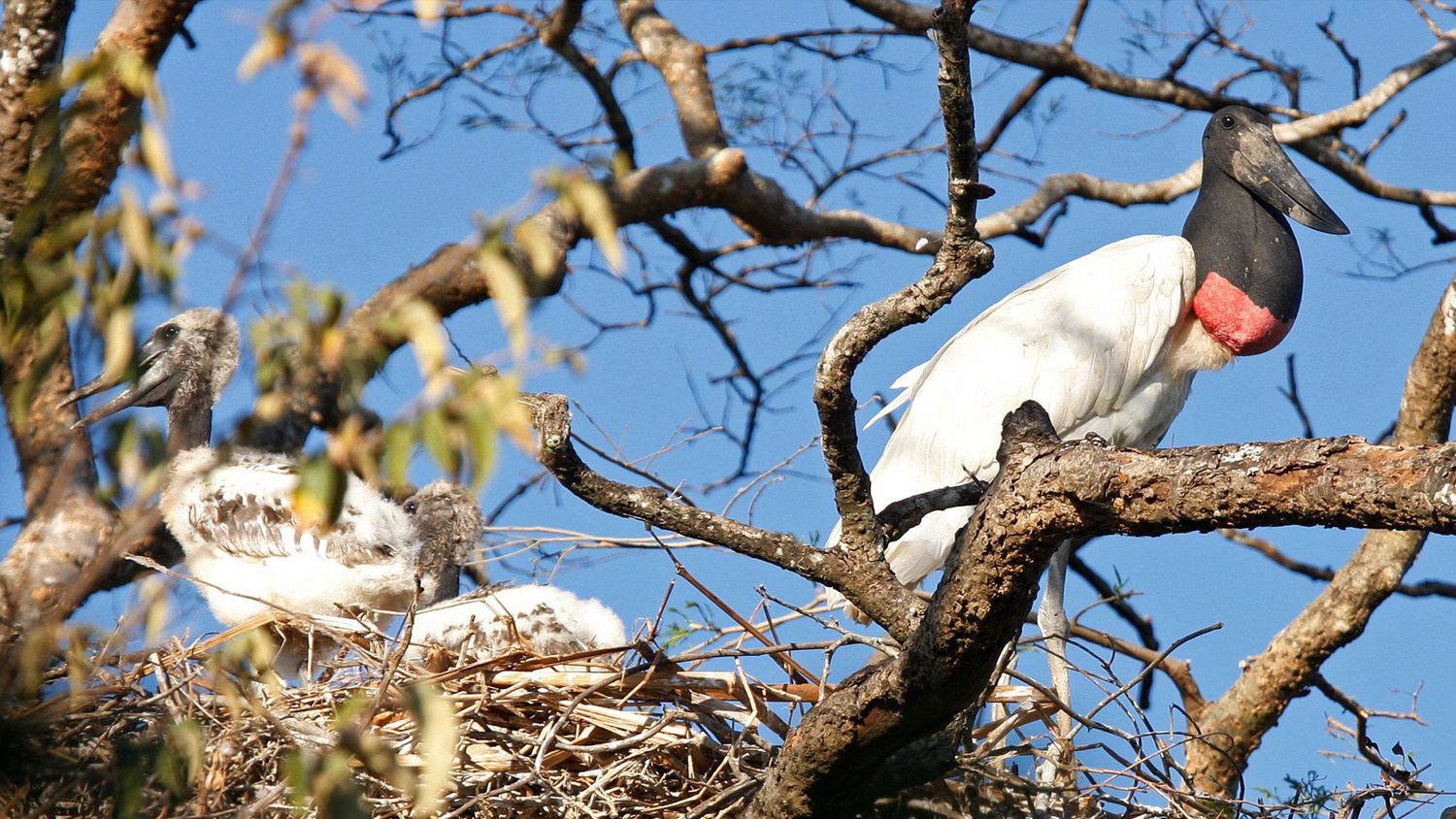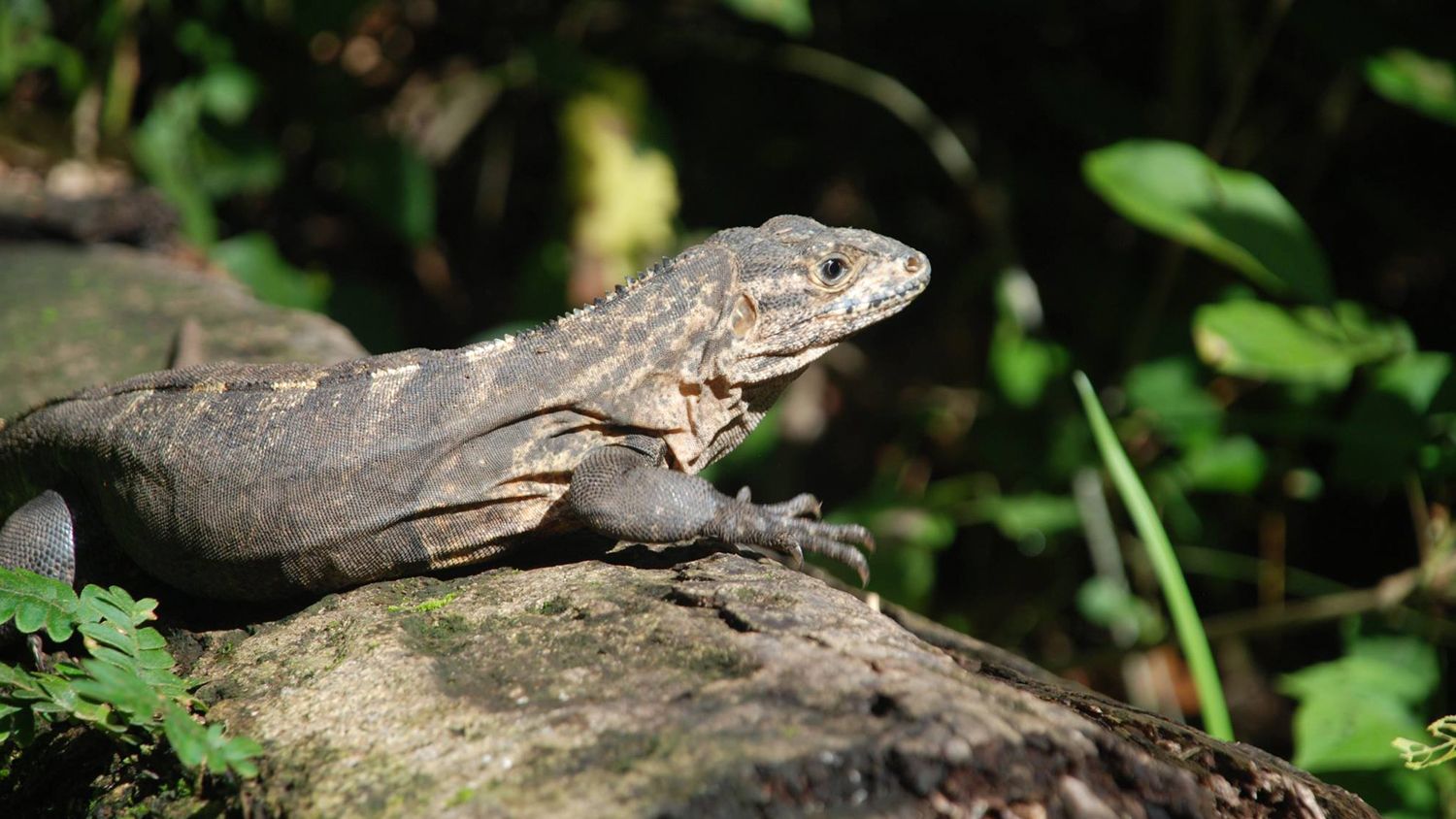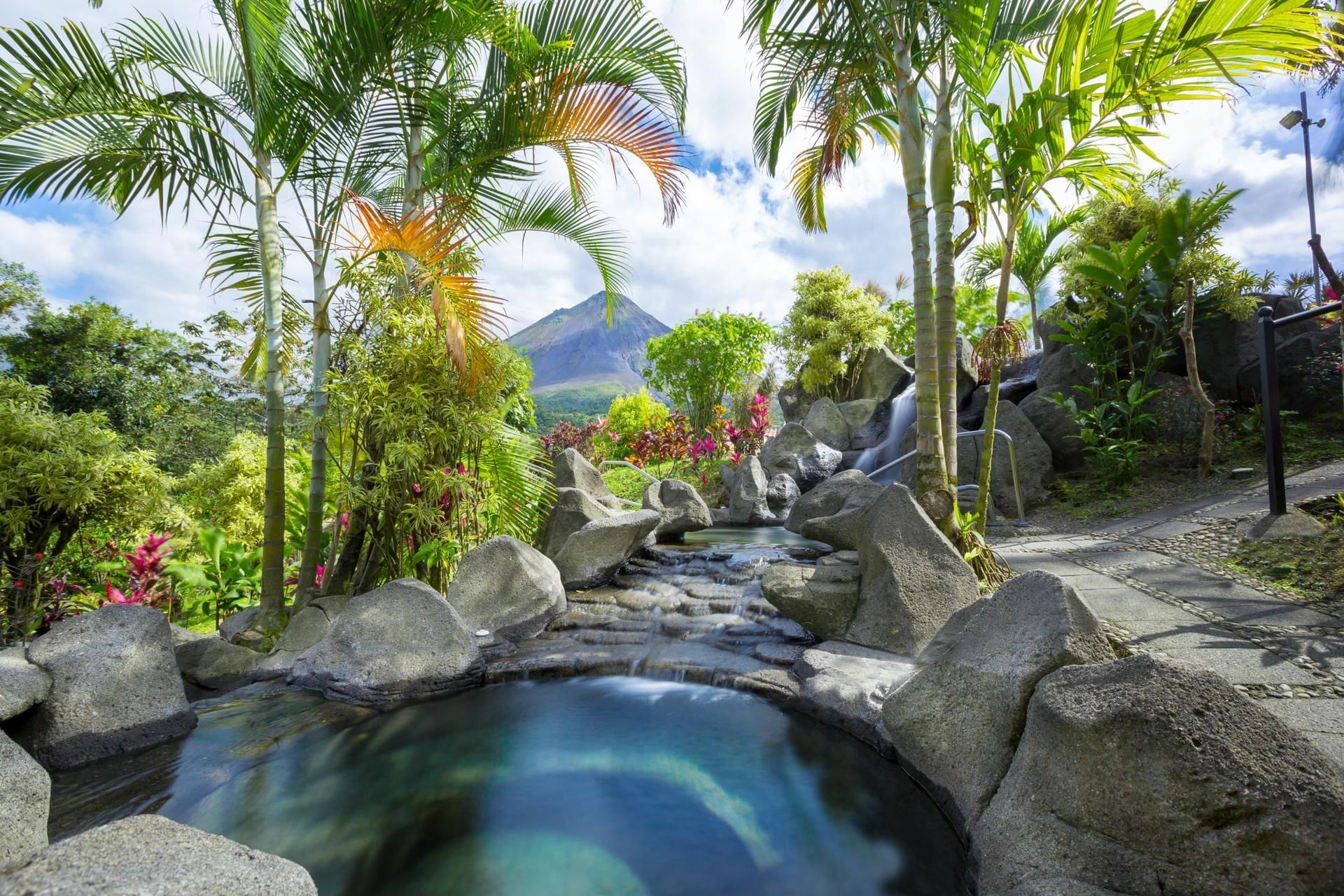Enjoy a Caving (Spelunking) Tour in Costa Rica
Did you know that caving in Costa Rica is a thing? While Costa Rica is associated with above-ground and ocean pursuits like surfing and hiking, exploring cave systems is another way to enjoy the natural wonders of this country.
Those with a taste for adventure and unafraid to get dirty will have a great time crawling, climbing, and wading through small passages. Depending on where and when you go caving, you can also expect to get wet, with underground streams, pools, and even waterfalls as part of the adventure.
Some of these caves were formed about 70 million years ago, so they also include stalactites and stalagmite formations. Looking at these wonders, you’re looking at Costa Rica’s oldest history. It’s a good activity for both experienced and first-time cavers, though because of all the exercise involved, it’s not suitable for small children.
With an insightful approach to Costa Rica’s geography, caving is both fun and educational. And two of the country’s best caving are the Barra Honda and Venado systems. Check them out!
Barra Honda National Park
The Barra Honda National Park is located in Guanacaste, close to the famous Tempisque River. The park protects a system of caves underneath the Barra Honda peak, formed some 70 million years ago. To this day, only around half of the Barra Honda caves have been adequately explored. There are over 40 different caves in Barra Honda, but only one—called Terciopelo Cave or Bat Cave—is open to visitors.
As you descend to the cavern floor at the entrance, you can admire stalactites, stalagmites, and rock creations of all shapes and sizes.
The Terciopelo Cave also has indigenous artifacts, and human remains have been found in other caves. Though these archeological findings are off-limits, they add to the fascinating nature of this place. Local folklore says that people believed part of the caves was a volcano due to the roaring sounds made by bats as they left caverns.
Venado Caves in Arenal
Only discovered in 1945, the ten limestone caves of Venado are located in the Arenal Volcano area and reach a depth of 8,850 feet below ground and were formed some 15-20 million years ago.
Inside the caves are limestone rock formations, tons of marine fossils, a waterfall, and even a river. Shine your flashlight around to find “The Baths” before crossing a curtain of water to find seashells attached to rocks. You can also see monochrome frogs, fish, bats, spiders, and crickets.
Costa Rica Caving Tips
Caving in Costa Rica is great for novices and experts alike. To make the most of your trip, make sure to find a reputable guide to ensure your safety and gear quality. Follow their instructions carefully and you’ll be fine! If you’re not sure which company to choose, we always work with the best, so give us a shout and we’ll be happy to help you.
Once inside the cave, look around in all directions. You may see incredible formations hanging from the ceiling as others seem to emerge from the ground. If you simply hurry forward you might miss some of the most interesting parts of the cave.
Caves in Costa Rica can usually be visited year-round, though some visits may be restricted to the dry season. Bear in mind that during the rainy season (May-December), water levels may be higher inside the caves as well. To avoid afternoon showers, an early morning start is your best bet.
FAQs about Caving in Costa Rica
Some common questions about this activity:
Can you explore caves in Costa Rica?
Yes, you can. Costa Rica has two cave systems for people to explore - the Barra Onda caves in Guanacaste and the Venado caves near Arenal.
Where is the best place to go caving in Costa Rica?
The Barra Honda and the Venado caves are great for cave spelunking in Costa Rica. Barra Honda is better for checking out the incredible rock formations while you'll enjoy some underground rivers and waterfalls in the Venado system.
Is spelunking the same as caving?
This depends on who you ask. Some say that only amateurs use the word “spelunking,” as the pros call it caving. Others believe that spelunking is more scientifically specialized, focused on exploring the forms of plant and animal life found inside the cave rather than just the cave itself. However, most people use the terms interchangeably. Whatever you call it, this type of activity is an adventure on the rise. It intrigues tourists with a rare view into the mysterious underground world.


